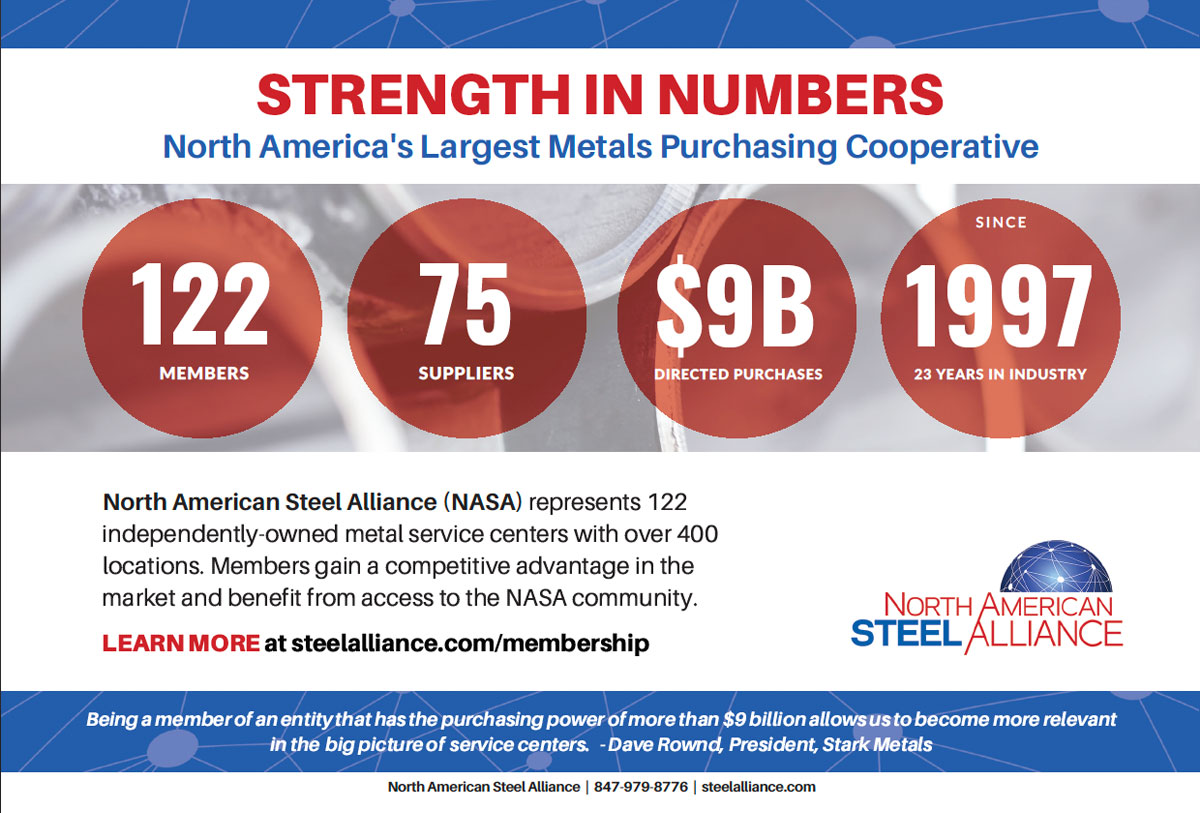&logistics
f you make listening and observation your occupation, you will gain much more than you can by talk,” said British Army Lt. Gen. Robert Baden-Powell, who was also a writer and launched the Boy Scout Movement in 1910.
After selling a successful publishing business, Matthew Kane was at a crossroads at age 40, and he was not ready to retire. He met a group of truck drivers at a veterans’ fundraiser in Washington, D.C., who told him about the difficulties they faced in the industry, from being at the mercy of freight brokers to insurance costs.
“I wanted to know more, so I packed an overnight bag and drove 44 states for eight and a half months, purchased thousands of buffet dinners and coffees at truck stops.”
Besides talking to drivers, he visited industrial parks. “I would jump up on loading docks and get perspectives from loaders and shipping clerks,” which added to his education.
“The more I heard, I got excited. I came home and took several thousands of pages of notes, finding common themes,” says Kane. That’s when he came up with the idea of creating a digital platform on which shippers could book loads without a freight broker, and drivers could accept loads, and all the information and payment details could be worked out rapidly.
Kane again studied his notes of conversations with “thousands of women and men drivers. I made a lot of friends out there. Whether they owned a fleet or were a single owner-operator, the drivers felt powerless. I told them I would fix it. I made a promise, shook their hands and kept their phone numbers.
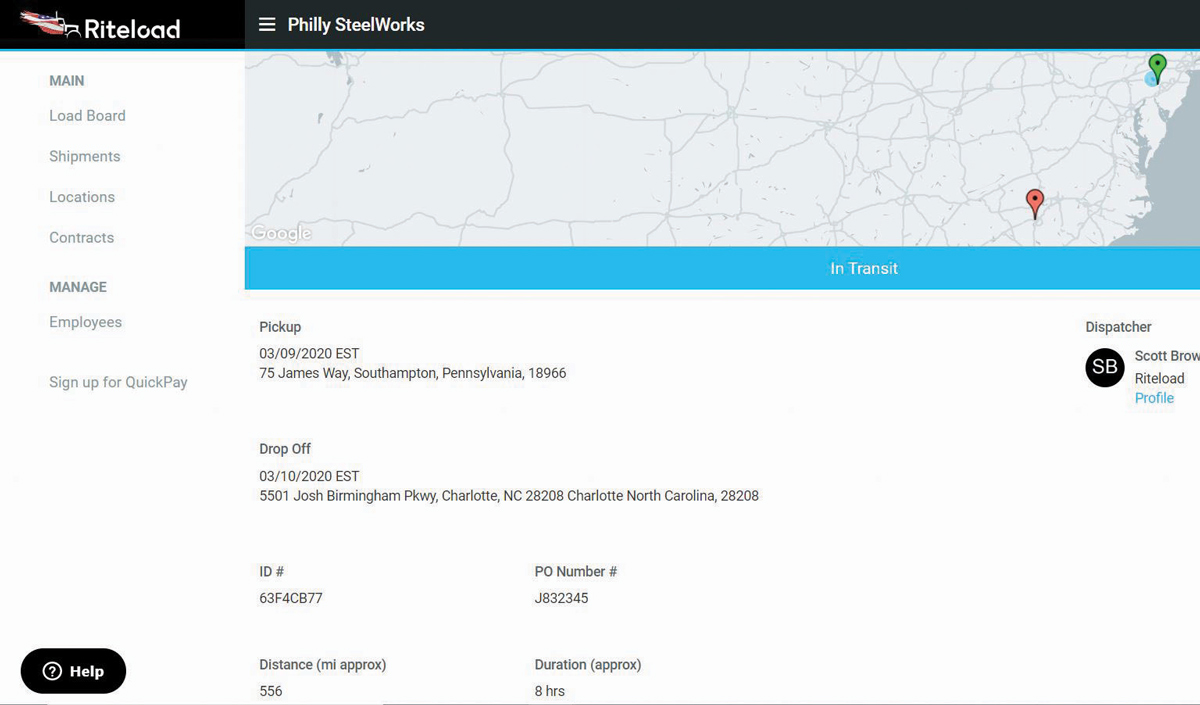

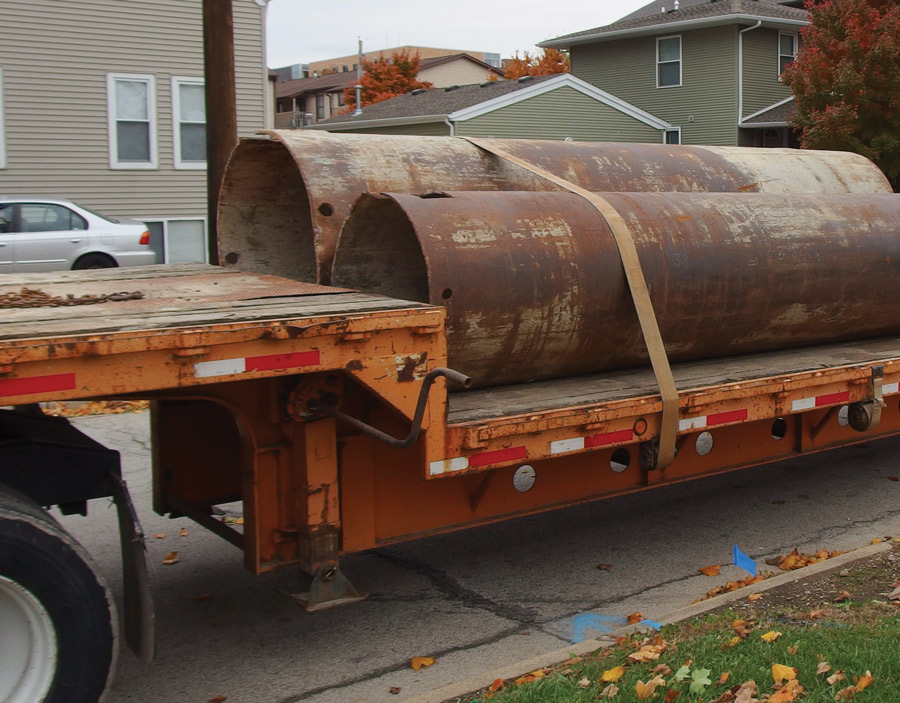
According to Kane, “It is ridiculously easy. That’s what cost the most time and money—to make it so easy. Tech guys tend to make things complicated and don’t always think about user experience. We wanted to go from eight clicks to one or two. They would come back with five clicks and I would say, ‘One or two!’”
 OUR CAPACITY AND THE NUMBER OF DRIVERS [SIGNED UP] IS GROWING LIKE CRAZY AND SHIPPERS ARE NOTICING.
OUR CAPACITY AND THE NUMBER OF DRIVERS [SIGNED UP] IS GROWING LIKE CRAZY AND SHIPPERS ARE NOTICING. 
“Drivers can determine what they will earn per mile or accept only loads that start within, say, 50 miles of Des Moines and takes them to Florida.
“They can accept the load and take the information. The driver gets city, state and zip code, and that is enough to make an intelligent decision. They click on select load, and now the shipper can, for the first time—instead of a broker sending the cheapest price carrier—be more selective and find a carrier that meets their own criteria.”
Say five carriers respond to the posting. In 30 to 35 seconds, the shipper can tell which carrier is the best match. The shipper clicks one button and sends their contract to the carrier. The driver can sign with their finger on a smartphone. “All that—finding, accepting, signing—can happen in 2.5 minutes,” says Kane.
On the driver’s phone, a button pops up to start the load, and RiteLoad tracks the load with updates every 60 seconds.
With the visibility offered by RiteLoad, “the shipper knows that the truck scheduled for 8 is running late, but the 9 o’clock truck is early so they can keep loading and unloading.” Instead of a chain of phone calls, estimated arrival time is just a button: “3:30 today. Question answered,” Kane says.
At the same time, when the driver selects quick pay, the shipper can pay the carrier within 48 hours. “Our system creates a bill and invoice on the shipper’s behalf and on behalf of the carrier, and it’s all done instantaneously,” Kane says.
Math never lies, he continues. Most shippers pay a middleman, the broker, for the convenience of using the broker to find a truck and driver. Posting loads on RiteLoad is free for the shipper. “The carriers pay RiteLoad a flat fee for each connection. There is no cost to download the app; there are no access fees. The only cost is $27.00 for the carrier per contracted load with a shipper.”
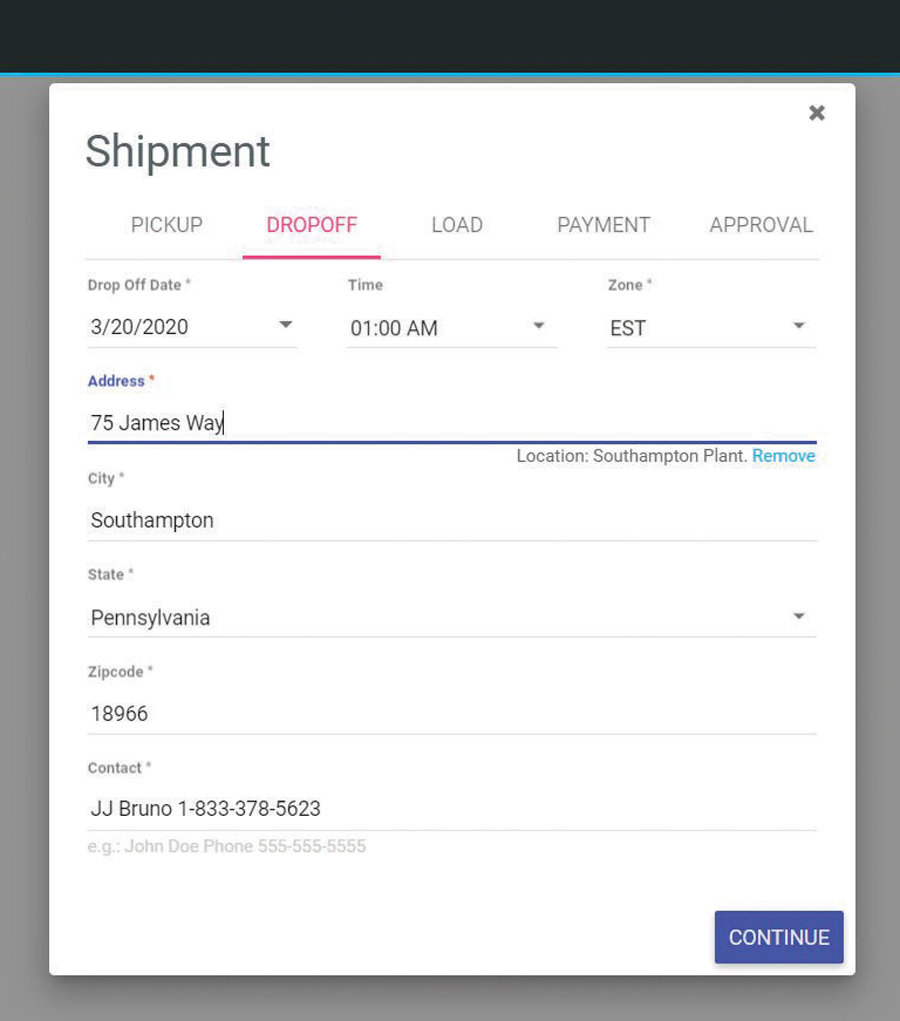
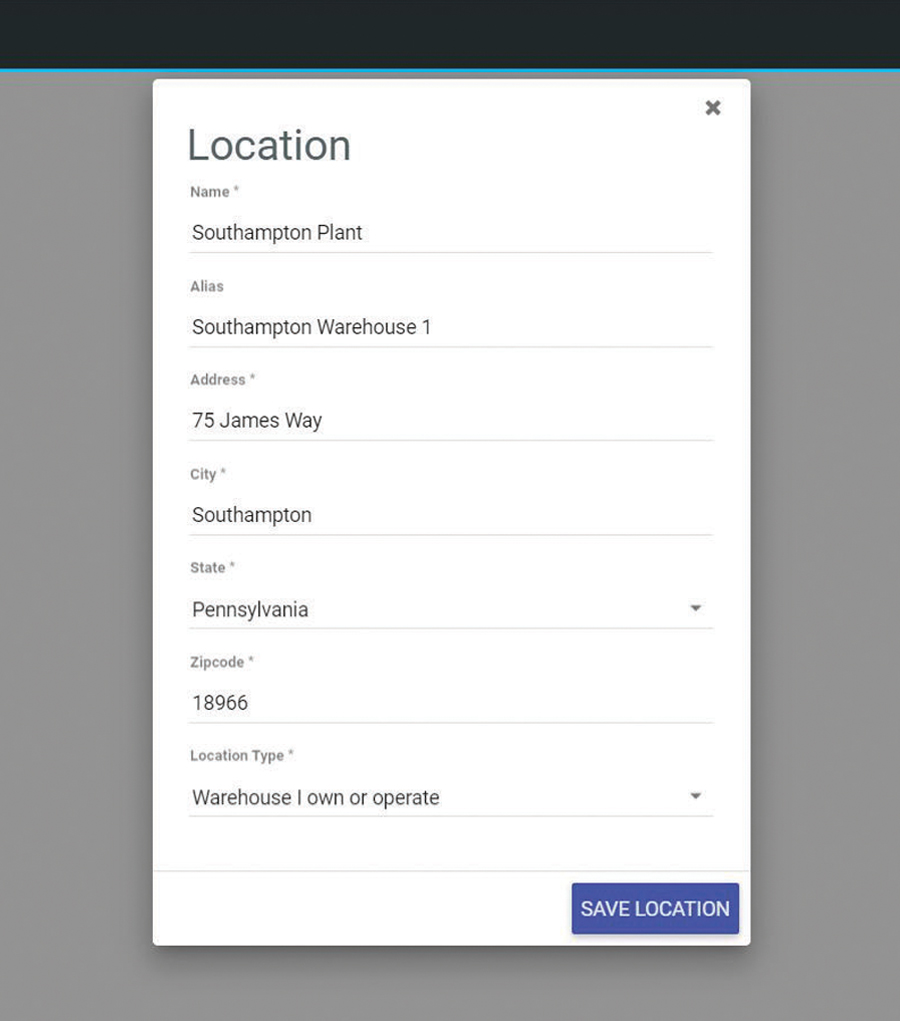
“Shippers can automatically tender loads by first-come, first-serve because they trust the pool of carriers, and they can identify certain preferred carriers. The key is transparency.” In many cases, the freight industry is “polluted” with deception: “‘Oh sure, the truck will be there in an hour—and it’s really four hours out. That’s all eradicated. The carrier knows what they are paying and what they are supposed to do,” Kane says.
On the driver side, there is greater accountability by using RiteLoad, he says. “You cannot get away with deception with our platform. It pushes drivers to do the right thing, and they are making more money by not using a broker who takes a double-digit percentage off the top. They are trying to exceed expectations so the shipper selects them again for a future load.”
He estimates that 4 to 7 percent of loads have issues. “The issues we will address are in that range. If you are doing 10,000 loads daily, that’s 700 problems every day,” problems that RiteLoad will resolve for the shipper.
For sales, customer service and tech assistance, he expects to hire at least 1,500 people to provide 24/7 access to RiteLoad. “The lights will never shut off.” At $15 per load, RiteLoad can “assist the shipper through rings of fire and any other hurdles.”
Kane supports veterans; he is a board member for an organization, TruckForVets.org. “We raise money to put a veteran through driving school at no cost, house them, feed them and help them get their CDL license.”
More generally, by eliminating brokers’ fees, drivers can earn quite a bit more money per load, and that “gives them an opportunity to go home more often and see their families. They can make a respectable wage and not strain all the time.”
Truck drivers, says Kane, deal with traffic all day. “As a consolation prize at the end of a 14-hour shift, they get to move into an 8-by-8 box in the back of the cab and sleep in it. They miss their spouses and children; they miss big events.
“Then there are the brokers, taking 20, 25 to 30 percent off the top. The drivers just want to drive a truck. I am proud to have helped them.”
